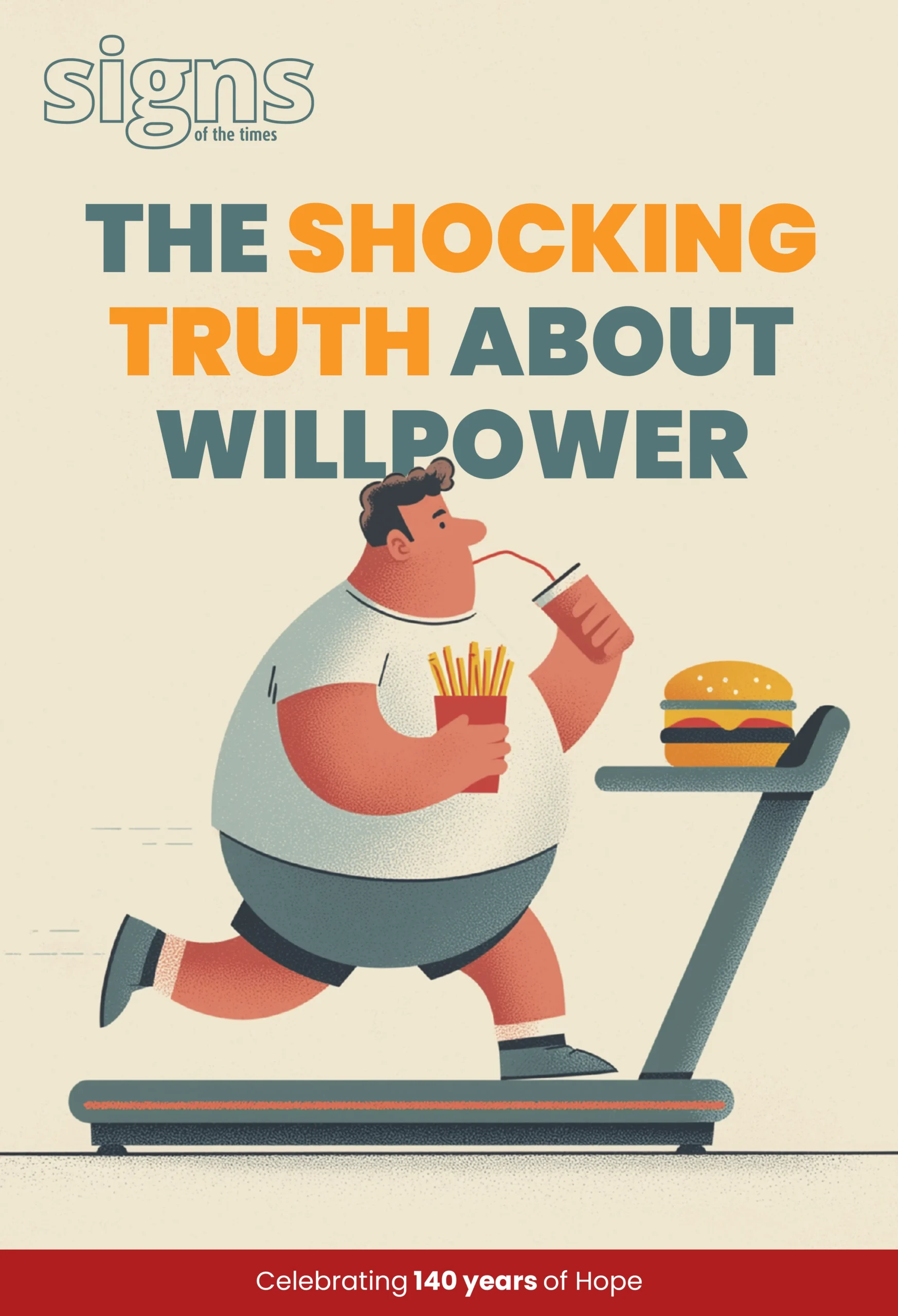
How much did you spend on fashion last year?
I imagine you don’t know the answer. I certainly didn’t until I intentionally trawled back through my bank statements and calculated every dollar I had spent on fashion in 2019. The results were not pretty.
To set the scene, here are some facts you should know about me: I have Fridays off, I live within walking distance of a Westfield shopping centre and I am a shopaholic. During 2019, most Fridays you would find me browsing the local shops for that next “statement piece” to add to my wardrobe. And thanks to the nature of fast fashion, every week there was something new to find.
This deadly combination meant that, in 2019, I spent more than $A1500 on clothes alone. Add in accessories and you’re looking at more than $1700.
This may not sound overly ludicrous. After all, a good quality dress can cost $100. So that’s essentially 15 good quality dresses in 12 months. But the problem was, I wasn’t buying good quality. In fact, across my 54 transactions, I came out with an average cost of $28 per transaction, and some of those transactions would have included multiple items. In a nutshell, my spending habits could be defined as an addiction to fast fashion.
For years I shopped like this: exhausting my disposable income to buy the latest in fashion, only to wake up the following week and discover my jeans were now “old” and there was something new and exciting to consume. And for years I justified it, swearing by the Baptist World Aid Ethical Fashion Guide as a way to ensure I was purchasing my fashion ethically.
While the Ethical Fashion Guide is a fantastic resource to help determine how well a company is treating its employees at each stage of their production process, up until recently the effect of a company’s supply chain on the environment was not factored into the rating. As worker rights was my primary concern, I was willing to overlook this. So, I continued consuming until 2020 came knocking and I decided I couldn’t ignore the tiny voice in my head that was telling me that enough was enough.
And so, at the start of 2020, I made the bold declaration that for one year I would commit to sourcing all my fashion second-hand: Ashley’s Nothing New 2020 Challenge. And, like most millennials, I took to Instagram to declare this goal publicly, so there was no going back.

January was probably the toughest month. I was addicted to the dopamine hit of finding that new and exciting addition to my wardrobe. As Angela Wurtzel, a therapist who works with compulsive shoppers in California says in a BBC online article, most of us are not actually addicted to the things we buy. Rather, it’s the process of shopping that can become a tough habit to break in the same sort of way that it’s hard to break free from eating disorders, drugs and drinking.
My resolution not to buy anything new didn’t magically stop my desire to shop: I took to second-hand shopping in full force. I was still exhausting my disposable income every fortnight, only this time it was through negotiations with Facebook Marketplace sellers and hours spent trawling op-shops. While I was pleased my addiction to buying was no longer directly fuelling the fashion industry, it had done nothing to curb my own spending. So, I put a 10-minute time limit on my Facebook app to keep me away from Marketplace. And I put rules in place about only purchasing items that filled a gap in my wardrobe, of which, after years of excessive buying, there weren’t many. And gradually, my spending plateaued.
I had been buying from op-shops, markets and Facebook Marketplace long before I took on my Nothing New challenge. But having them as my only source of shopping did bring a new set of challenges, and a sense of pride in every successful purchase. With each new second-hand find, I would post to Instagram, both in my stories and on my feed. Spamming my page with second-hand finds began to see a trickle on effect: more and more people messaged me saying they had been thinking about making the same changes and seeing that I was able to stick to it was inspiring them to give it a go.
This is exactly the sort of social revolution we need to address the ludicrous fast fashion industry.
According to the Ellen Macarthur Foundation, the textiles industry relies mostly on non-renewable resources—98 million tonnes per year—and it is estimated that more than half of fast fashion produced is disposed of in under a year. In 2015, greenhouse gas emissions from textiles production totalled 1.2 billion tonnes of CO2 equivalent and it is expected that if production continues at the current rate, the textile industry will be responsible for one quarter of the global carbon budget by 2050.
My decision not to buy into the wear-once world we live in goes far beyond saving money. If consumers like me don’t step back and look at the true cost of fast fashion, our environment and the workers forced to churn out clothing will be the ones we hurt.
So next time you are looking to buy that new jacket or pair of jeans, why not search online or at your local op-shop before buying it new? The environment and your wallet will thank you, and you may just find your next hero piece.
Ashley Stanton works in media and communications for aid organisation ADRA Australia. Apart from spending time second-hand shopping, she regularly frequents her local F45 gym in Sydney, NSW, and loves spending time outdoors.
What is Fast Fashion?
“Fast fashion” is a term used by fashion retailers to describe inexpensive designs that move quickly from the catwalk to stores to meet new trends. As a result of this trend, the tradition of introducing new fashion lines on a seasonal basis is being challenged. Today, it is not uncommon for fast-fashion retailers to introduce new products multiple times in a single week to stay on-trend.—Investopedia
The problem with fast fashion . . .
1. Rapid production
Most of the companies that fall under the fast-fashion category are currently replicating streetwear and fashion week trends as they appear in real-time. By creating new, desirable styles weekly, these brands are able to create massive amounts of clothing and make sure that the customer never tires of their store’s inventory. Fashion franchise Zara started the craze by shifting to bi-weekly deliveries of new merchandise back in the early 2000s. From then on, it has become the norm to have a towering supply of stock at all times. Cue shopping addictions, maxed-out credit cards and tonnes of unsold clothing going into landfill.
2. Low quality
Because clothing is made in such a rushed manner, many brands are selling extremely low-quality merchandise. There isn’t enough time for proper quality control or to make sure a shirt has the right number of buttons. Each rapidly produced garment isn’t built to last and is made to seem as “easy come, easy go” as possible. Pieces are often thrown away after no more than a few wears.
3. Low cost
The same urgency that throws quality out the window also keeps the costs of these garments incredibly low. Brands are able to earn millions while selling pieces cheaply because of the sheer number of items they sell daily, no matter the cost or mark-up. This means that garment workers putting together fast-fashion items are undoubtedly being paid well below the minimum wage.
4. Environmental impact
Many fast-fashion brands use toxic chemicals, dangerous dyes and synthetic fabrics that seep into water supplies in foreign countries where the clothing is made and at home where it is washed. Each year, the garments that are simply thrown away amount to about 11 million tons in the US alone. These garments, full of lead, pesticides and countless other chemicals, almost never break down and spend their life releasing these toxic chemicals in the air.
5. Health risks
Fast-fashion manufacturing processes too often affect the humans who wear the items, and the humans who make them. Some garments and accessories even have dangerous amounts of lead in them—exposure to lead increases one’s risk of infertility, heart attacks and more. Skin is the largest organ of the body and putting these poorly made items on it is dangerous. This danger only grows in the factories, towns and homes which are used to produce these items.
6. Human rights violations
A garment worker’s health is constantly being jeopardised through their long hours, lack of resources, exposure to harmful chemicals and often physical abuse. The people who make fast-fashion clothing have been confirmed to be underpaid, underfed and pushed to their limits because there are often few other options.
Source: The Good Trade









